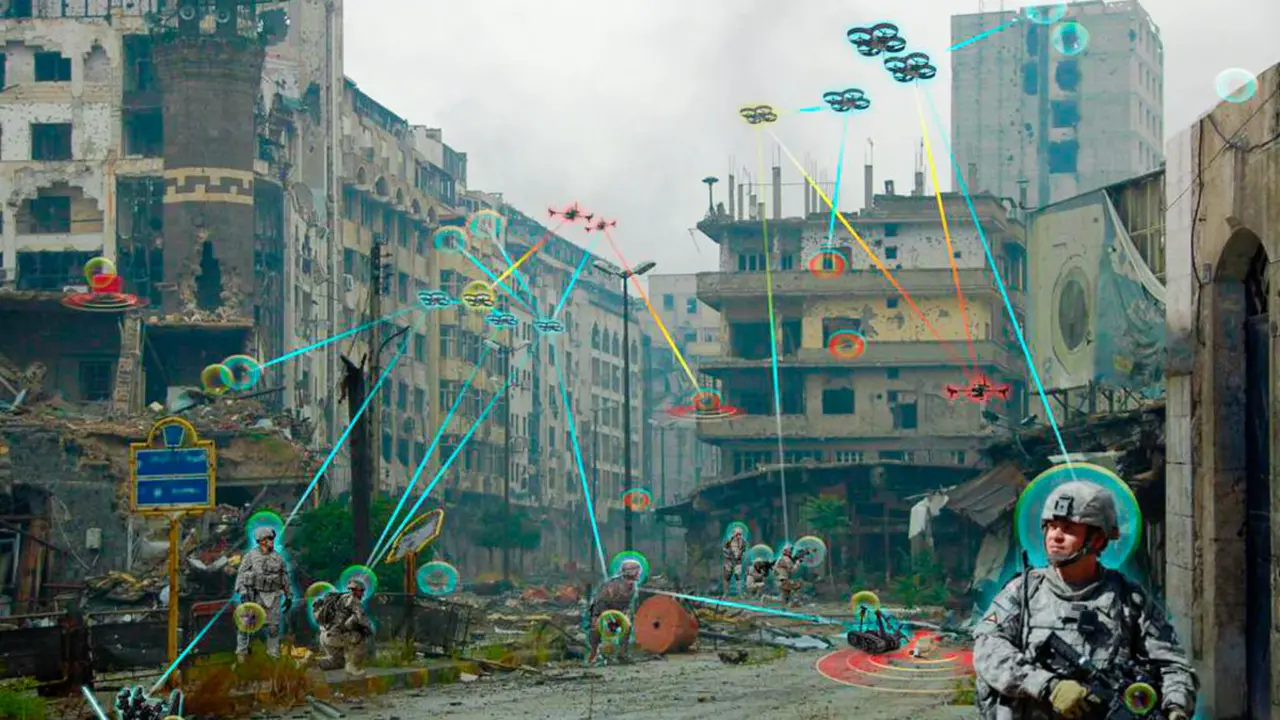Artificial Intelligence, the new frontier in geopolitical competition
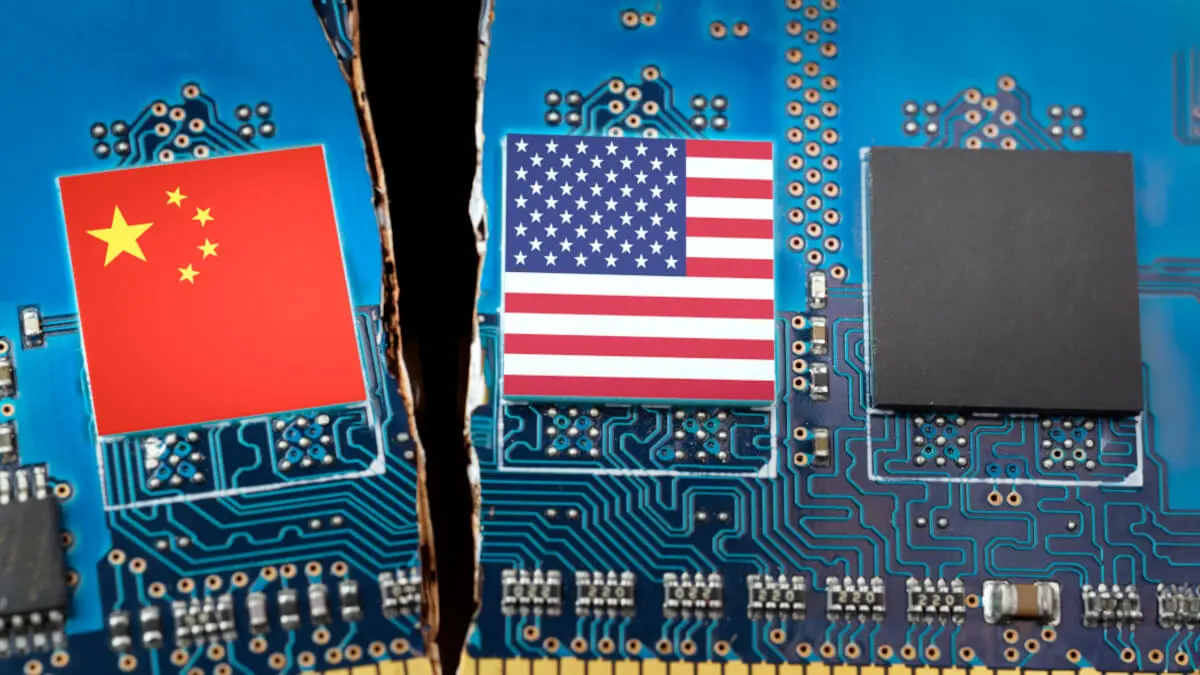
We usually devote this space to discussing conflicts, states, non-state groups, geographical areas... in short, the actors, events and spaces that make up the current geopolitical landscape. And we do so by trying to outline the possible scenarios we may face.
However, today we are going to focus on a new factor that has the capacity to redefine economic and military power, to direct or modify the attitude of societies and to influence all aspects of life on a global scale.
That factor is none other than Artificial Intelligence. Almost without our noticing, a geopolitical competition for supremacy in Artificial Intelligence is taking place, the impact of which will be global.

Some may consider Artificial Intelligence to be just another technological advance. However, viewing it in this way is a mistake, as it is more than just technology; it is a transformative factor with infinite possibilities. So much so that the rivalry between the world's major powers, and here we must focus on China and the United States, is at its peak, much to our misfortune as Europeans. Beijing and Washington have understood that whoever gains a significant advantage in the development and application of Artificial Intelligence will be in a position to outperform the other in any field. Therefore, we cannot ignore the fact that the implications of advances in this field for the near future are profound.
The growing advances in the field of emerging and disruptive technologies (EDT) between the United States and China represent one of the most important technological, geopolitical and security competitions of the 21st century. As both countries compete for technological dominance, advances driven by Artificial Intelligence in economic development, military capabilities and global digital infrastructure are affecting global strategic stability. One of the most recent examples of this competition has been marked by the emergence of sophisticated AI models and chatbots that use large language models (LLMs) and natural language processing (NLP) to understand user demands and questions and generate responses to them, such as China's DeepSeek and OpenAI's ChatGPT in the United States.
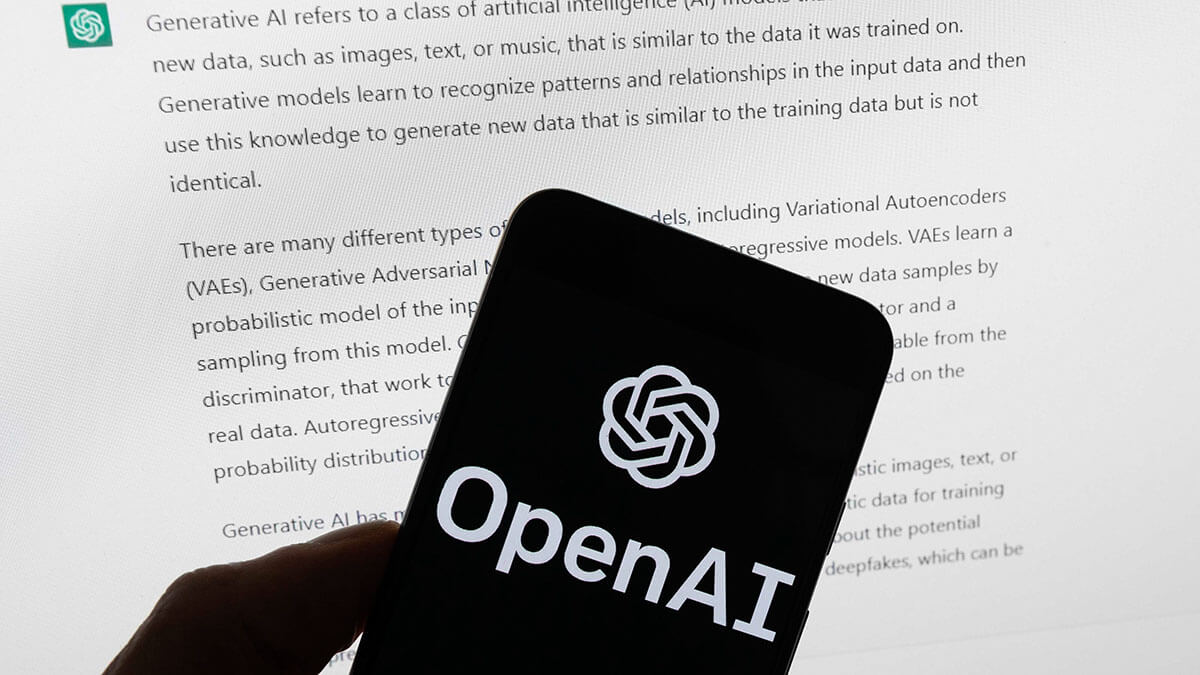
Each of the two powers is adapting its evolution in this field to its own idiosyncrasies, but both have the same goal.
In the United States, the history of AI's evolution is one of disruptive innovation and pioneering leadership. From the dawn of computing to the rise of deep learning, Silicon Valley has been the epicentre of revolutionary advances. Companies such as Google, OpenAI, Microsoft and Meta have been at the forefront of research into large language models (LLMs), computer vision and robotics, driving what we now know as generative AI.
The United States' strength lies in its vibrant ecosystem of venture capital, elite universities and a culture of entrepreneurship that encourages experimentation.
Massive private investment has enabled these companies to attract the best global talent and fund cutting-edge research projects, often with a more global vision and less constrained by government direction. However, this model is not perfect, and the absence of a cohesive and unified national AI strategy, compared to China's centralised approach, has been a drag that has prevented efforts from being pooled, resources from being optimised and goals from being achieved in a coordinated manner, even causing delays in progress. For this reason, recent government efforts to promote AI research and security in order to establish clear objectives and coordinate the steps to be taken have become a reality.
In China, the evolution of AI can be described as meteoric, driven by a powerful combination of unrestricted government support, vast amounts of data and rapid adoption of all kinds of technology by a huge population, which provides massive feedback that helps to drive constant progress in this field. The Chinese government has explicitly stated its goal of becoming the world leader in AI by 2030, backing this ambition with massive investments in research and development, technology parks and training programmes. This goal was set in the last decade. At that time, China set three milestones: to achieve an AI market volume of 20 billion dollars, to reach 60 billion by 2025 and to culminate in 2030 with 150 billion.
But to achieve this leading position in all things AI, Beijing needs to be able to develop and produce sufficient quantities of state-of-the-art chips and develop more advanced and disruptive software, which means investing heavily in training programmes for specialised personnel. The government reserves a key role for itself in matters of regulation and support, both financial, for research, and otherwise. Investment, through incentives or tax breaks, is intended to enable Chinese companies to make a qualitative leap forward. However, the plan is not only aimed at the private sector. Much of this project is supervised by the government through the PLA, which is making an outstanding contribution to it.
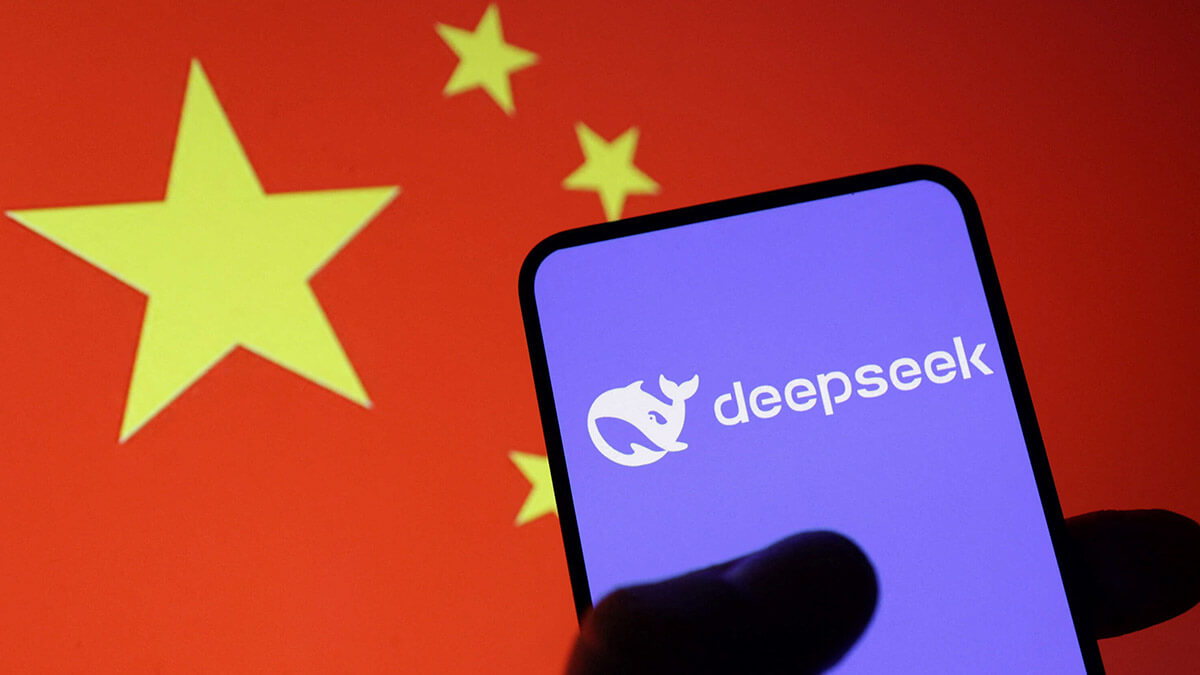
Companies such as Baidu, Alibaba, Tencent and SenseTime have flourished, specialising in areas such as facial recognition, natural language processing and AI for smart cities. China's advantage lies in its ability to collect and process huge volumes of data, which is essential for training robust AI models. Furthermore, the integration of AI is a fundamental pillar of its military and national security strategy, as China has understood from early on the influence this factor can have in this area, which could give it a decisive advantage in future defensive and offensive capabilities. The other side of the coin is that state control and censorship can sometimes stifle the most disruptive innovation, which often arises from creative freedom.
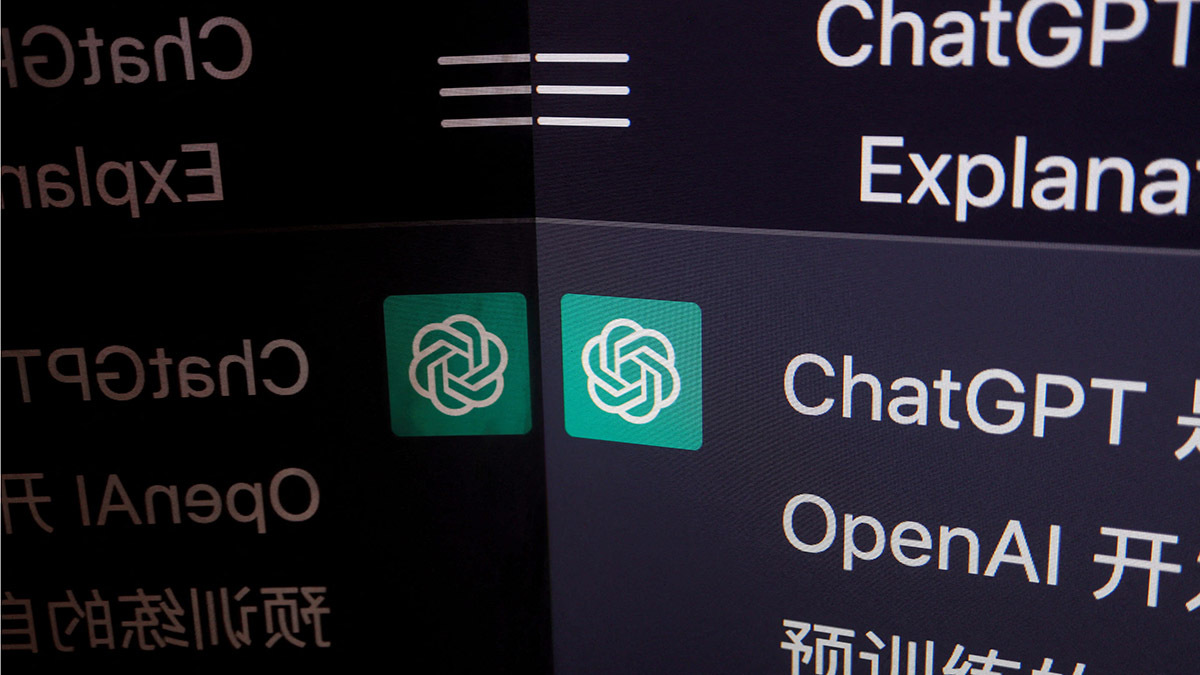
The rivalry between the United States and China in the field of AI manifests itself in multiple dimensions:
Scientific talent and leadership: Both countries are competing to attract and retain the best researchers and scientists in AI. While the United States remains a magnet for global talent, China is producing a growing number of highly qualified AI graduates.
Computing and hardware capacity: The dependence on advanced semiconductors, which are vital for training and deploying AI models, has turned this supply chain into a geopolitical battleground. Export restrictions imposed by the US on China seek to slow Beijing's technological advancement in this area. In this regard, Taiwan becomes even more important as a key player in the geopolitical arena.
Standards and governance: Influence in setting global standards for AI is crucial. While the US advocates a more open, market-based approach, China seeks greater state control and the export of its surveillance models.
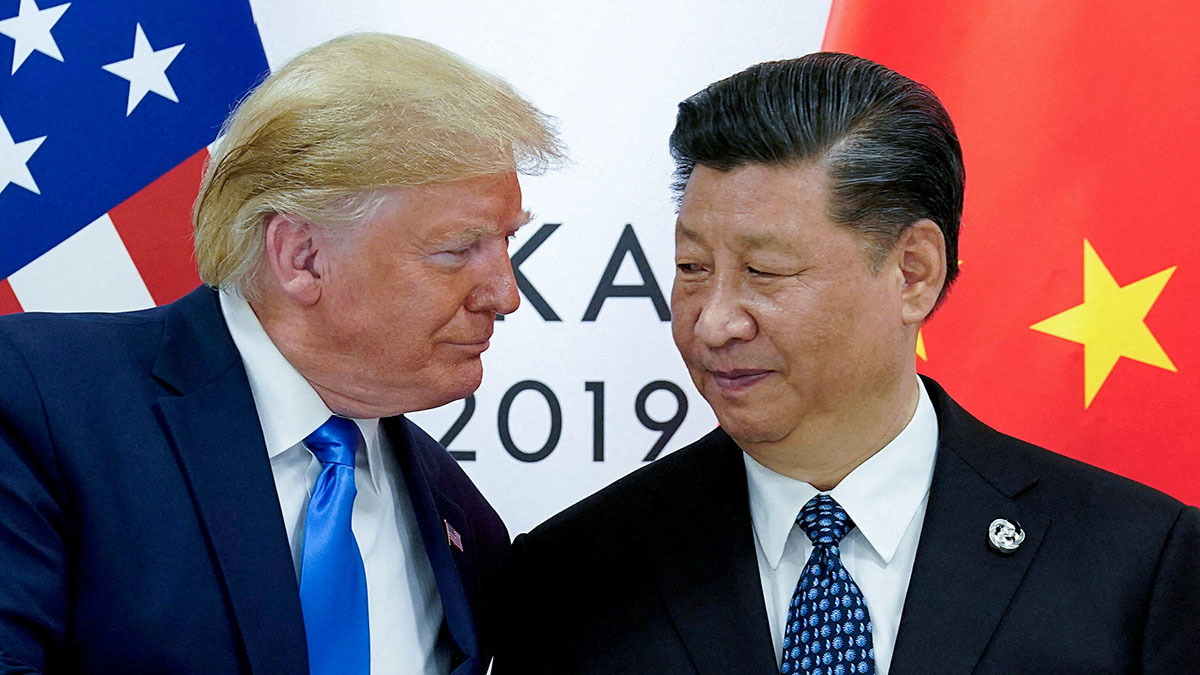
Military applications: the integration of AI into all types of autonomous and unmanned systems, cybersecurity and support for military decision-making is a central concern. The race to develop AI for defence and intelligence applications will redefine the global military balance of power and will be as influential as, if not more so than, the development of new weapons systems.
Data control: The ability to access and process large data sets is the key competitive advantage. Privacy and data use legislation, which differs greatly in both countries, reflects divergent philosophies that directly impact AI development.
Ultimately, the race for AI supremacy between the United States and China is not just a technological competition; it is a struggle for dominance in the next era of global influence. The outcome of this battle will determine who leads in innovation, who sets the rules, and who shapes the future of society and global geopolitics. Resilience, adaptability, and the ability to foster innovation in a fiercely competitive environment will be crucial for both powers and decisive for the rest of the world.










